To me, Tasmania’s North West region is the most diverse and captivating of all the places to visit in Tasmania. There’s the largest cool temperate rainforest in the southern hemisphere, button grass plains and rugged coastal shores. North West Tasmania is an area steeped in history, with great food and gardens, lookouts, and walking trails and for those that enjoy a little adventure, there’s kayaking, fishing, 4WD tracks, helicopter flights and beaches bragging some of the wildest surf in Australia.
North West Tasmania is home to “The Tarkine”, once only accessible to the more adventurous traveller. The Tarkine Drive is a scenic driving route past lighthouses on rocky cliffs, wonderful food, wildlife experiences, friendly towns and enthusiastic people who are passionate about their region
Contents
- North West Tasmania
- Top Tours
- The Tarkine Drive
- 1- See Rock Art and Petroglyphs
- 2- Find the Edge of the World
- 3- Arthur Beach 4WD
- 4- Explore Stanley
- 5- Enjoy Allendale Gardens
- 6- Visit Tasmania’s First Wind Farm
- 7- Admire the view at Sumac Lookout
- 8- Cruise the Arthur River
- 9- Hunt for ghosts at Balfour Ghost Town
- 10- Eat steak and drink wine at Tall Timbers
- 11- Ride the slide at Dismal Swamp
- 12- Dine at Pier01 in Ulverstone
- 13- Meet Tasmanian Wildlife at Wings Wildlife Park
- 4 Secret Spots in North West Tasmania
North West Tasmania
Top Tours
- Small-Group Stanley and The Nut – Day Trip from Devonport, Ulverstone or Burnie
- Leven Canyon Day Trip – Including Wings Wildlife Park or Gunns Plains Caves
- Tarkine Wilderness Highlights Hiking Tour – 5 Days of exploring Tasmania’s incredible nature.
The Tarkine Drive
Today fully sealed roads on the Tarkine Drive lead to locations within the 455,000-ha expanse of wilderness, replacing the dirt logging tracks and making the area an easy reach for all travellers. Here’s our list of 10 things to do in North West Tasmania.
1- See Rock Art and Petroglyphs
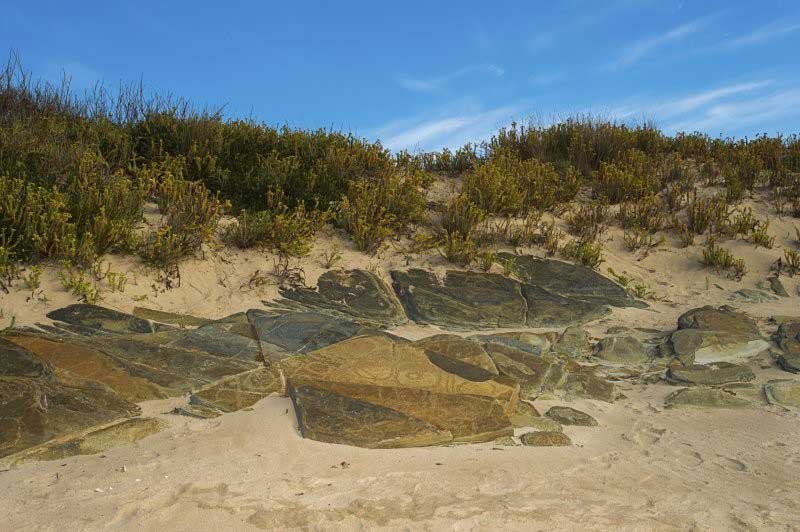
Tasmania has a rich indigenous history dating back over 40,000 years and Tasmania’s North West boasts some of the earliest rock art examples in the state.
While erosion by the sea and wind over thousands of years is slowly wearing the artworks they’re still clearly visible.
There are also giant shell middens over 100m long, hut sites and rock hides apparently used by the Aboriginal people to surprise seals.
The sites, culturally significant, are best visited with a guide (the name Tarkine comes from the Aboriginal community, who call it tar-keen-nee).
Seeing this amazing rock art is certainly one of the fabulous things to do in North West Tasmania.
Recommended tour: Tarkine Wilderness Highlights Hiking Tour
2- Find the Edge of the World
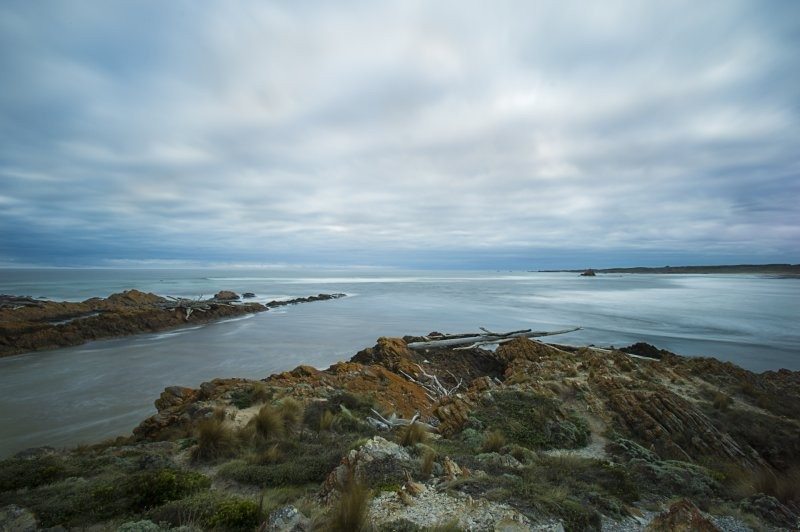
Another one of those iconic things to do in North West Tasmania is to pay a visit to Gardinier Point.
Gardiner Point is where you officially stand at The Edge of the World and view the longest uninterrupted span of the ocean on Earth.
The nearest land is Argentina, a mere 20,000km and a long, long way away.
It’s where the Arthur River meets the sea, spewing rainforest timbers onto the beach. It’s also where you are encouraged to toss a pebble into the ocean and make a wish.
A boardwalk leads to the plaque and a viewing platform with information signage. There are picnic tables, toilets and parking available.
This is a great picnic location with stunning views and that chance for your wish to come true. It’s truly a memorable place, no matter the weather.
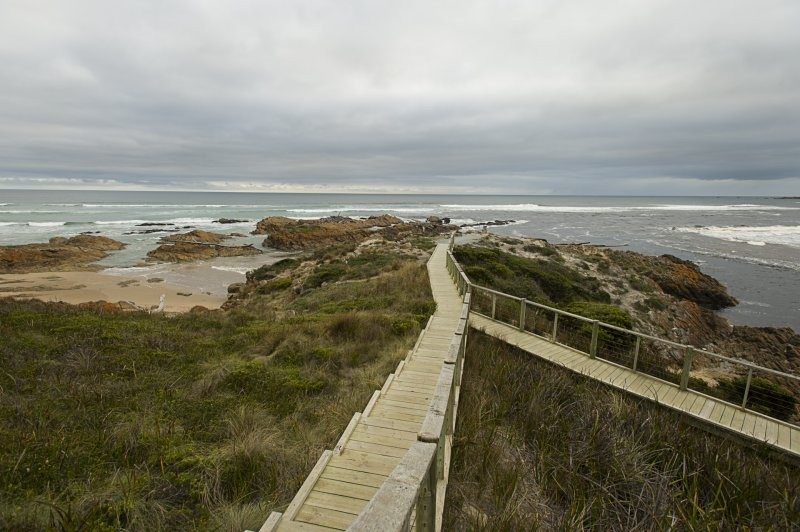
3- Arthur Beach 4WD
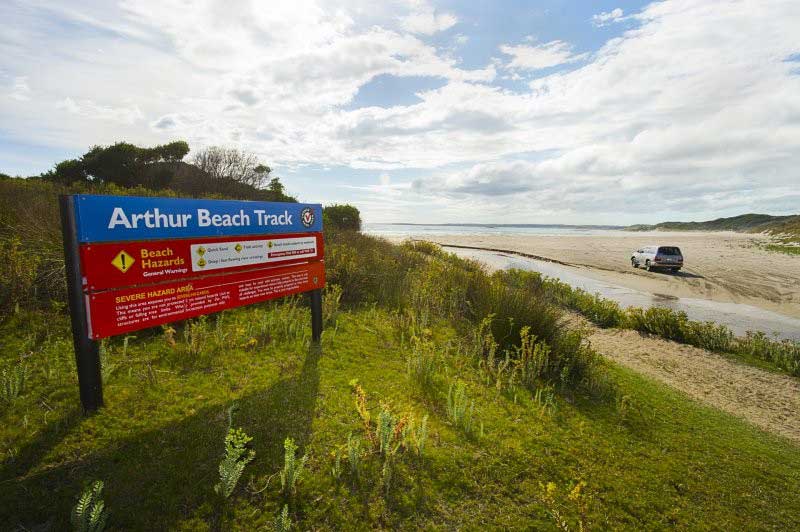
For those that like a little off-roading adventure, the 13km Arthur Beach Track is a must. Time your trip as the swell comes all the way up the beach making it impassable at high tide.
There are small areas of quicksand to be aware of along with rainforest timbers to be dodged and the occasional whale carcass to be avoided.
This is a beautiful desolated beach facing true west and close to The Edge of the World, where the Arthur River flows into the ocean.
It makes for a perfect location for a break in your exploring. Tall Timbers offer a 4WD tour that includes this beach drive.
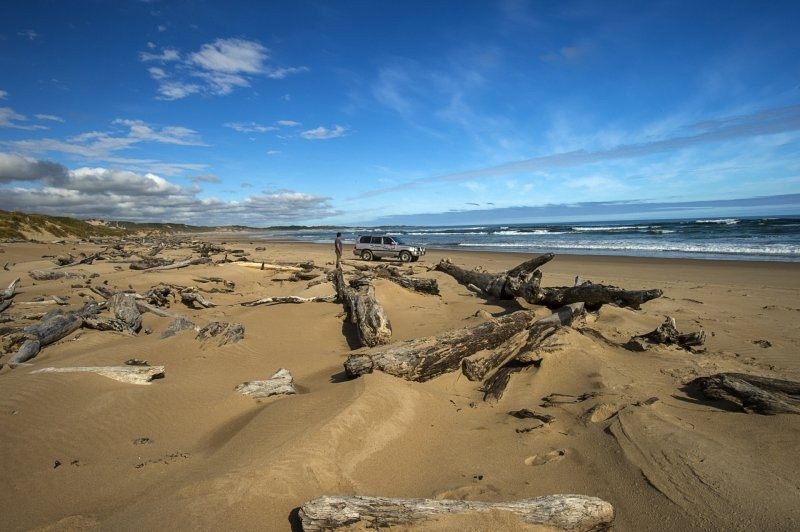
4- Explore Stanley
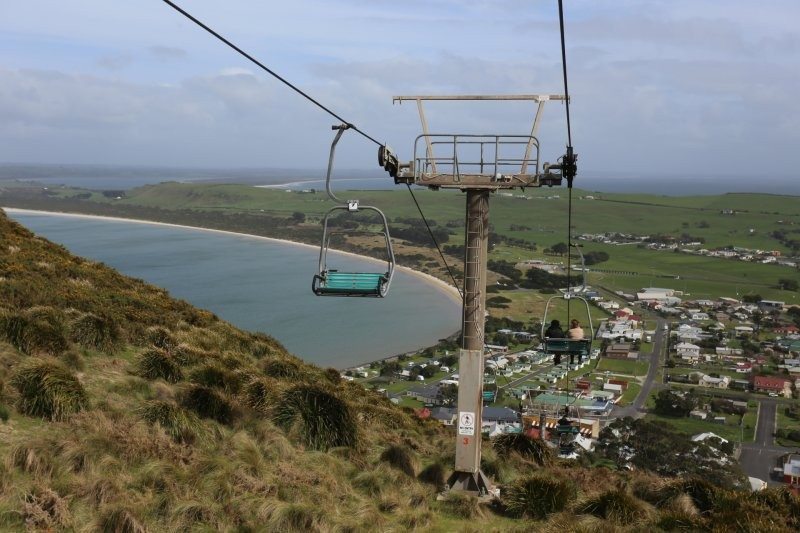
Stanley is the most northern point you can stay and explore in Tasmania’s North West.
It’s one of those coastal fishing villages you are sure to fall in love with.
Visit the Nut, an unusual landform made from lava millions of years ago.
The chairlift is fabulous to appreciate the views of the area and across the strait.
There’s also the Highfield Historical Site, Heritage Walk, Joe Lyons Cottage and the Cow ‘n’ Calf Art Gallery to visit and Stanley Seal Cruises to meet the protected seals of northern Tasmania.
A day or two in this friendly coastal port can be quickly filled.
Stanley is the main fishing port for several of the North West’s cray fishing boats and their crews. You are assured some of the freshest in the state.
Pan-seared Stanley Scallops and variations of this local recipe are served at many of Tasmania’s restaurants.
With the sea to the north and Tasmania’s rich farming soil surrounding the town to the south, you are guaranteed great gourmet delights.
This region is inspiring chefs and food lovers across the globe and it’s easy to see why.
The fertile volcanic soil raises prime beef and dairy cattle, vegetables, and vibrantly coloured flowers such as tulips and poppies.
Recommended tour: Small-Group Stanley and The Nut
5- Enjoy Allendale Gardens
This extraordinary garden is open to the public.
Covering 2.5 hectares (6 acres) of landscaped gardens and 26 hectares (16 acres) of rainforest it is located only 10km south of Smithton.
No matter what time of the year or season you visit you will encounter something blooming.
Colours continually change, flowers bud, leaves turn and Mother Nature continues her ways.
Pathways lead from short 10-minute walks to around half an hour.
Along the forest walk, you’ll see a rare and endangered fern known as Hypolepus distans while the newish rose garden featuring roses from the 16th and 17th centuries commemorates the garden’s 25th anniversary.
6- Visit Tasmania’s First Wind Farm
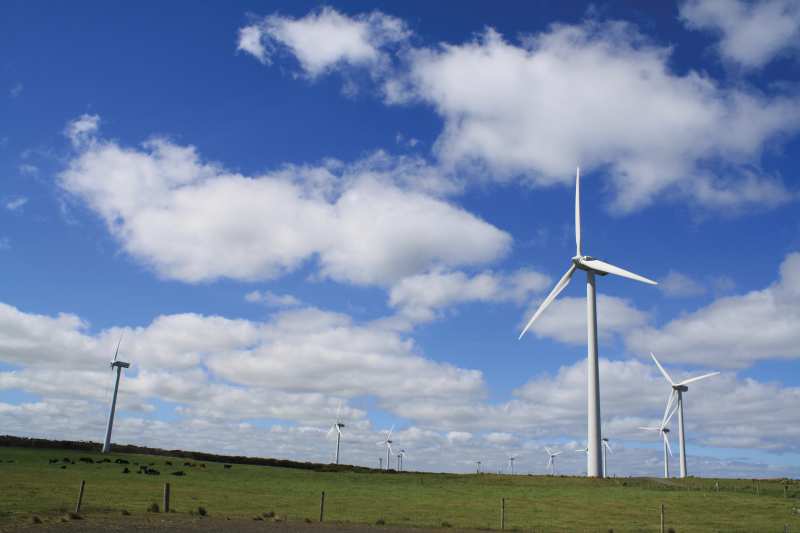
The far North West of Tasmania is home to Tasmania’s first wind farm.
Some 72 turbines standing 60m high provide power for 500 homes in Tasmania, Australia’s totally green-powered state.
The information centre is situated with the rugged coast on one side and to the other, there are the continually whirring turbines set on rolling emerald hills.
It’s worth visiting the information centre for detailed explanations about the engineering and history of the region’s wind farms.
From the viewing platform, you see out to the ocean and to Cape Grim and the Basleine Air Pollution Station, where the cleanest air on the planet is recorded.
Woolnorth Tours runs tours of the wind farm, which can be combined with a visit to Cape Grim and dinner at the Woolnorth historic Directors Residence.
7- Admire the view at Sumac Lookout
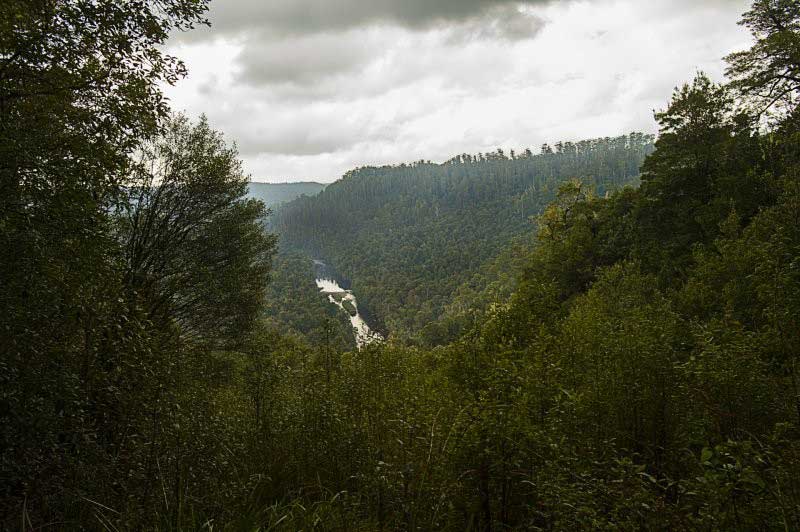
Acquire an eagle-eye view of the Arthur River and without leaving the ground.
Considered one of Tasmania’s true wild rivers, the vista from Sumac Lookout gives one an appreciation of the thick forest that fringes the Arthur River and many of its tributaries.
The differing colours of the forest are due to the eucalypt versus rainforest timbers. Look closely and in the river and you may see splashes from trout or platypus.
Signboards give information on the habitat. The Gunns tree orchid can be seen clinging to trees close to the track to the lookout.
Their dainty white flowers sprayed with purple strips hang from the main host plant and flowers are generally seen from late spring to early summer.
Narawntapu National Park is another location to spot these beautiful Tasmanian floral specimens.
The lookout has no facilities except for a parking bay and the signboards.
8- Cruise the Arthur River

Take a cruise on the M.V. George Robinson and you’ll leisurely discover more of the secrets of the Tarkine’s major river.
Kingfishers, parrots, robins and various water-birds are some of the many species of birds you may see.
White-breasted sea eagles are known to swoop close to the boat. There’s also wallabies, pademelons and if you’re lucky and have a quick eye, a spotted quoll may be seen.
The Arthur River, one of Tasmania’s seven main rivers, is quoted as Tasmania’s only completely wild river. The river has never been logged or dammed.
Records state a hot fire has not been recorded for 650 years, which means the region is almost untouched.
While the river stretches 175km, the cruise takes you approximately 14km up the river.
The waters change becoming increasingly tannin-stained by rotting rainforest timbers as does the forest landscape along the banks.
9- Hunt for ghosts at Balfour Ghost Town
Balfour, once an opulent mining town, is a ghost town deep in the Tarkine.
This was where fortunes were won and lost. The site was a hive of activity when copper was discovered from 1901.
The region was recorded as being one of the best for tin, however, the demand for the commodity fell sharply and a rapid decline came in 1912.
There are no miners’ huts or miners to be seen.
Today a glimpse at the once vibrant and affluent population that once lived here is through the isolated graves, lonely tracks and some signage that gives a hint into this area’s past and those that lived here.
10- Eat steak and drink wine at Tall Timbers
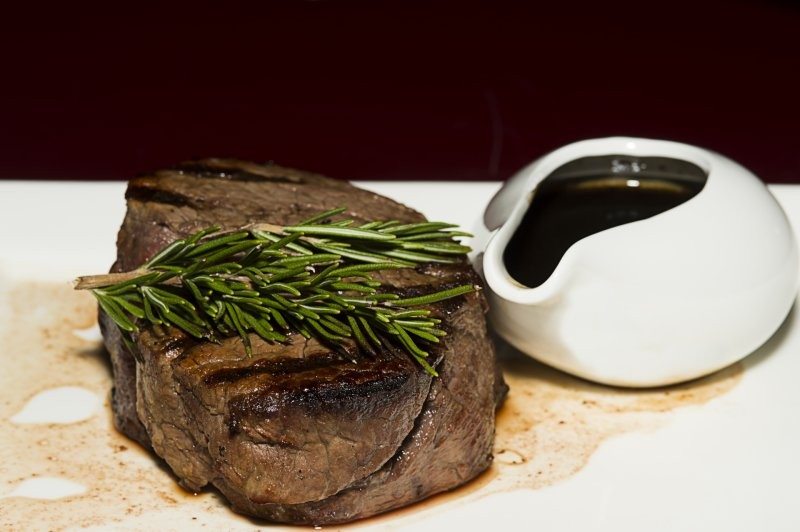
Just off the main highway in Smithton, Tall Timbers has an outstanding bistro that specialises in locally acquired foods and Tasmanian wines.
It’s the perfect way to finish off your day exploring.
Open to the public and house guests, the menu specialises in Tasmanian products, with Cape Grim Beef, scallops and handmade luscious deserts making a few of the many dishes on offer.
Tall Timbers provides a variety of accommodation and tours. Room service is available and it’s a great place to base yourself when visiting North West Tasmania.
Book your room at Tall Timbers here
- 100 Travel Quotes You Will Love
- 20 Quotes About Travel With Friends
- 100 Sunset Captions and Quotes
- 50 Inspiring Family Travel Quotes
- 70 Famous Mountain Quotes
- 120 Ocean Quotes
11- Ride the slide at Dismal Swamp
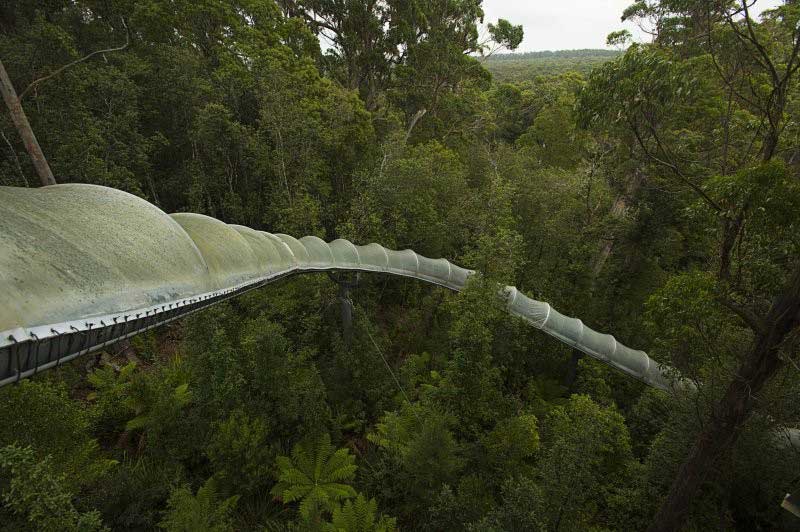
There are two ways to start your adventure into the heart of Dismal Swamp southwest of Smithton.
Either by the 110m slide or a leisurely walk.
Once at the bottom, a timber walkway leads past huge rainforest trees, burrowing crayfish through replica dinosaur skeletons and past timid wallabies.
Not quite so dismal at all, the swamp is a gigantic sinkhole, possibly the largest of its kind in the world.
Surrounded by the only Blackwood forest known in the world, it’s interspersed with sculptures and signs on interesting facts and a fascinating introduction to the region.
The slide operates during business hours.
A top tip for our adrenalin addicts: the warmer it is the faster your run will be.
So how did the name come about? Word has it, it’s from the experiences recorded by the early surveyors and the times they endured in the early 1800s.
Blackwood, a timber prized by furniture makers, artists and designers, was once harvested from the region. Look closely and you’ll see the fine seeds littering the walkways.
Along the pathways are eight sculptures by Tasmanian artists inspired by the region.
Visiting Simon Archer’s, The Living Room is a must.
Wooden ribs rise from the walkway giving the feeling you are walking through the skeleton of a prehistoric creature.
Today an architecturally designed Visitor Centre gives you background information on the timbers of Tasmania. See the magnificent curved Blackwood wall.
12- Dine at Pier01 in Ulverstone
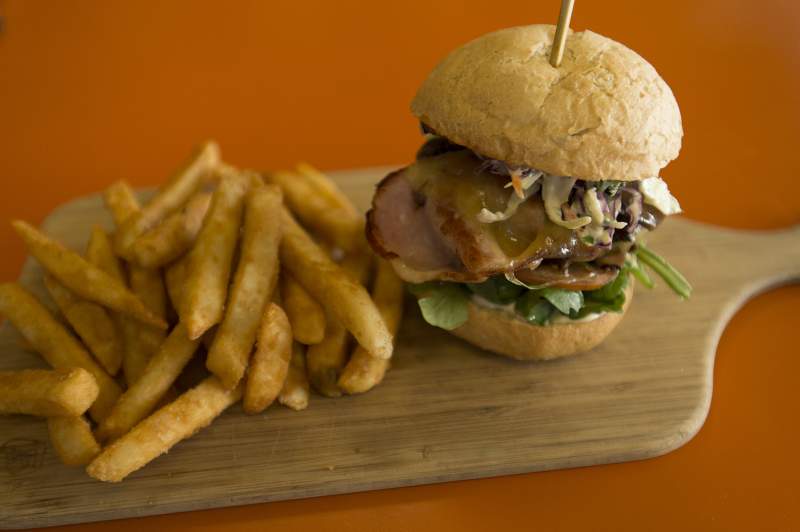
One town to visit on the Tarkine Drive is Ulverstone, which is a picturesque spot where rolling hills are dotted with cattle.
Stop in at Pier 01, which is an award-winning restaurant and cafe in a lovely spot overlooking the waterfront.
Try the Wagyu Whisky Beef Burger, a lip-smacking dish of local Wagyu beef served with lettuce, cheddar cheese and triple smoked shaved bacon, slow-roasted tomato and Pier01’s herb and chilli scented coleslaw in a sourdough bun.
It comes with hand-cut wedges, tomato relish from Hellyers Road Whisky (if you have time this distillery is worth a visit too) and roasted garlic aioli. Simply divine!
Lemon curd, poached apples, kiwi fruit, oat and coconut crumb, honey and ginger gelato, dugar clouds, mint oil are combined to make a special spiced chai pudding.
The design of the restaurant encourages diners to be social.
The timber bar is made from beams recycled from the original 100-year-old plus pier shed. Ulverstone was one of the main produce shipment ports since it was first settled.
13- Meet Tasmanian Wildlife at Wings Wildlife Park
See Tasmanian devils, kangaroos and koalas alone with 150 wildlife species at Wings Wildlife Park. It’s a scenic drive to the park past farms and forests.
Recommended tour: Leven Canyon Day Trip – Including Wings Wildlife Park or Gunns Plains Caves
4 Secret Spots in North West Tasmania
What do you think so far? Does North West Tasmania look like the place for you?
Try these four secret spots shared with us by local guide Rob Saltmarsh, who has been working in the Tarkine since it was first named in 1995 and has been in tourism for 15 years.
As a fifth-generation Tasmanian, his passion for the area is deep.
He recites names of flora and fauna by their scientific names and history, delving into oral and written accounts, both indigenous and since white settlement.
Rob also undertakes other environmental contracts, including rehabilitating mine sites and water testing of the creeks and rivers through the North West region for pollution.
Rob conducts many of the tours operated by Tall Timbers Smithton and can customise your tour to your requirements.
Here are his top-secret picks:
14- Trowutta Arch
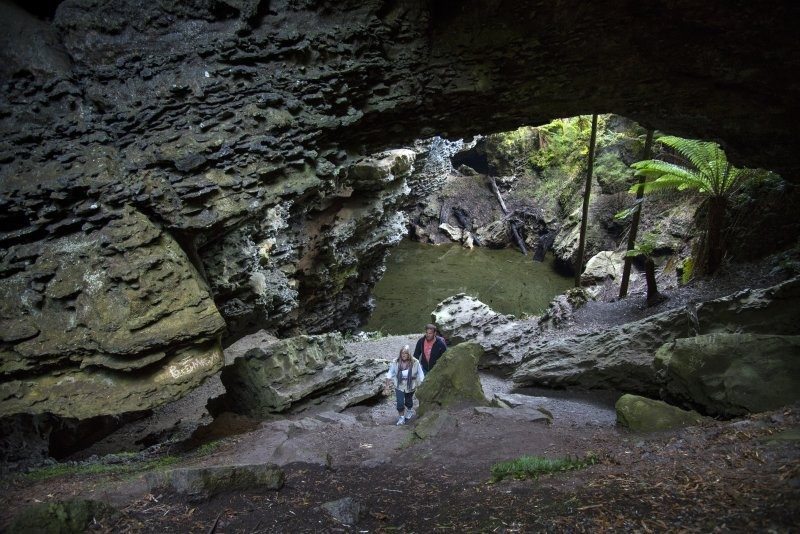
The Trowutta Arch Rain Forest Walk leads to a stunning natural geological structure: the Trowutta Arch.
Formed by two collapsing cave systems, the arch to one side is filled with water and the other with gigantic Man Ferns.
“Many locals haven’t even been here. With the Tarkine now being a sealed drive, I guess it will become more popular, but maybe not.
There’s a couple of kilometres of gravel road so that may turn a few off and there is so much to explore many only leave a day to do the drive.
I reckon it deserves two days at least, especially if you like nature,” says Rob.
Allow 15 minutes to stroll the easy well-defined track to the arch unless you’re like Rob and enjoy inspecting the plant life and photography.
“This is a beautiful old cool temperate forest where I often see the White Goshawk, (a white version of the brown). Many think it’s a sulphur-crested cockatoo when they first see one.”
The Pink Robin is another favourite of Rob’s. These are smaller than the robins the ones on mainland Australia.
They are really active when nesting (September to January), one of the best times to see them, as they collect moss, spider webs, feathers, fur and things to build their nests.
They prefer this dense, dark type of forest so they are hard to spot, especially the female, as she doesn’t have a bright pink chest.
The Spotted-tail Quoll, Dasyurus maculatus (Rob is a whizz at scientific names) along with the Tasmanian devil, both nocturnal, are seen more from sunset and into the evening.
Where is Trowutta Arch?
To visit the arch, travel south from Smithton. The road divides shortly after the beautiful Allendale Gardens. Take the left turn towards the tiny settlement of Trowutta.
The right turn takes you to the Tarkine Coast. Shortly after Trowutta, turn right onto Reynolds Road. Continue past tree plantations and farms carpeted in green, where dairy and beef cattle happily graze. Within 2.94km the road takes a sharp turn left into Gun Road.
Continue for another 1.2km where a sign marks the edge of the Trowutta Caves State Reserve. From here the start of the walk is only a hundred metres. Reynolds and Gunn roads are unsealed.
15- Rapid River Picnic Area
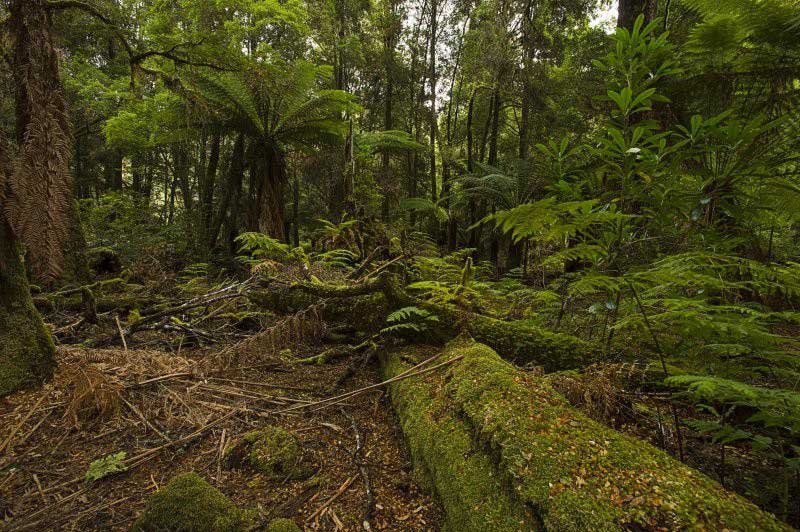
Few know of this little treasure as there is no signage giving a hint to its location.
It’s one of Rob’s favourite places to take visitors on his tours who wish to see the ancient remnant rainforest of the Tarkine.
Here you only take a few steps from your car and you are immediately surrounded by plants and animals dating back millennia.
The picnic area is located just on the right as you drive south over Rapid River bridge.
Once an old logging track, today a sealed road leads to this hidden spot within the South Arthur Reserve.
The moist forest protects giant Man Ferns, Dicksonia antarctica, one of the earliest land plants, which tower above us.
Fungi in varying colours and shapes sprout from trees and push through the deep, decaying leaf matter of the forest floor.
Rob passionately enlightens us into the history of the region, pausing often to point out another amazing plant.
Rapid River, aptly named, is a tributary of the mighty Arthur River. The Arthur River is a truly wild river that winds 175km to the sea on the western edge of the Tarkine.
Trees that fall into the tannin-stained river often end their journey on the shoreline to the east.
The beach and rocks where the Arthur River flows into the sea and meets the Bass Strait is littered with fallen rainforest trees.
“Put in your canoe or kayak here and you can paddle all the way to the Arthur River and out to the ocean,” Rob excitedly explains.
“Fishing is another drawcard to the area. Trout is the big catch but also a common catch is what we call native blackfish. Some of the old-timers reckon the best way to cook blackfish is in fish cakes,” Rob says laughing.
The endangered and listed as vulnerable Tasmanian Giant Freshwater Lobster, Astacopsis gouldi, the largest freshwater invertebrate on Earth also calls the Rapid River home.
“Put a piece of lamb on a fishing line tied to a stick and you can lure them out of the water. You can’t keep them but you can get to see them close up. They are brilliant creatures that only live here in northern Tasmania.”
‘This is one of the places James Malley, a Tasmanian Tiger hunter, bought a young Bob Brown in 1973 when Bob was still a university graduate and introduced him to Tasmania’s real wilderness.
Bob Brown went on to name the Tarkine in 1995 – how brilliant! It covers 477,000 hectares of unique habitats and we are finding new things here all the time.’
Other than a picnic table there are no other facilities.
16- Dempster Plains Lookout
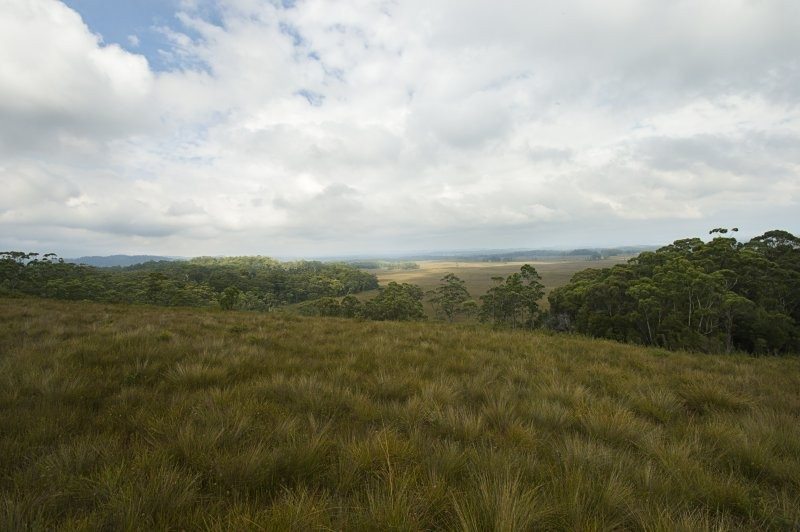
This is prime Tasmanian tiger country, Rob tells me as we stand to look at the button grass moorlands.
In the distance, the Norfolk Range within the heart of the Tarkine Wilderness is visible through the clouds slowly descending around us.
Button grass plains make up 40% of Tarkine region and Bennett’s wallabies, wombats, ground parrots, burrowing crayfish, frogs and reptiles are some of the animal species you will discover.
Rob is a firm believer the tiger, thought extinct, still roams the wild-west Tarkine region. Once called the Tasmanian hyena, he is certain he has heard it on two occasions.
“There have been too many sightings for us to write the tiger off yet. These plains have a long history of fire stick burning by the Aborigines and many of the plants here rely on fire to regenerate.
It’s the last bastion for the Tasmanian Tiger providing camouflage and wombats as the plains are healthy with wombats.”
The view from the purpose-built lookout is another example of the stark contrasts within the expanse of the Tarkine.
The plains are also home to many rare and threatened plant species such as the beautiful white-flowered heath Epacris curtisae.
Where is Dempster Plains Lookout?
To access the lookout, which is not marked on most maps, drive towards Wes Beckett Falls and in the fork in the road take the right-hand road. The left leads to Beckett Falls.
Rob’s other top tips not to miss in this area are Lake Chisolm and Julius River.
17- Nettley Beach Lookout
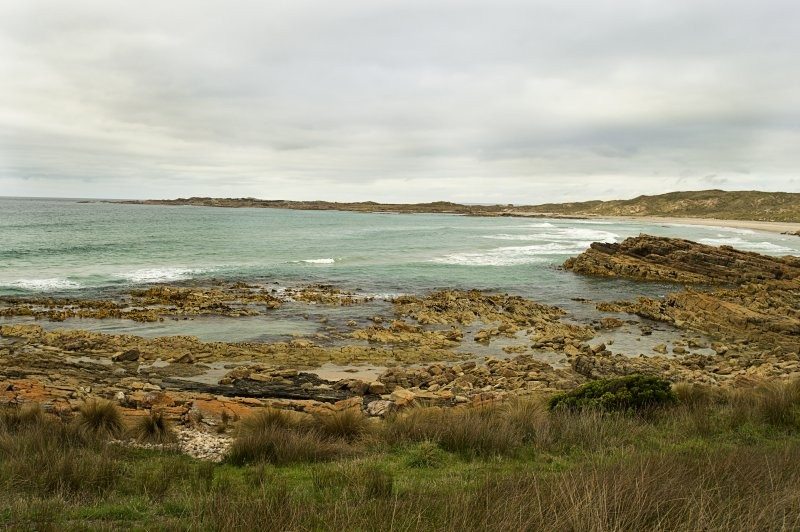
Marrawah, mainland Tasmania’s most westerly township is Rob’s home. The region is renowned for its prime dairy and beef cattle, cray fishing and brilliant surfing.
Rob is a mad keen surfer rarely going away without his board and Marrawah is Tassie’s top hot spot for surfers.
Each year the Ripple Curl West Coast Classic surfing competition, Tasmania’s number one surfing contest is held annually in March.
It draws surfers from around the world to this isolated small coastal village boasting some of the wildest surf on the planet.
From the lookout, there are views out across the Bass Strait, along the beach and around to Green Point.
“You can see Sinking Rock from here, this is where the prized Aussie Salmon is lured. And see that boat out there? It’s a crayfish boat sheltering from the wind. These bays yield great sized crays, if we were here earlier we’d maybe see another two or three but most have headed to another spot by now.”
As we sit talking as the day’s last rays disappear to the west, Rob encourages me to breathe in deep.
“Take a deep breath, really deep breath as you’re breathing the cleanest air on the planet recorded just north of us at the Cape Grim monitoring station.”
Wallabies at dusk join us grazing along the grassy ridges and if you are lucky you may see a Tasmanian devil as the sun sets and night begins.
The Tarkine boasts the last disease-free population of the Tasmanian devil from a harrowing facial tumour.
Where is Nettley Beach lookout?
To access the lookout turn left after the hotel into Green Points Road. Continue straight past Beach Road and turn right into Nettley Bay Road (on Google Maps it is marked as Nettie Bay Road).
Marrawah township has a hotel with meals available (well-priced and featuring local products) and a general store.
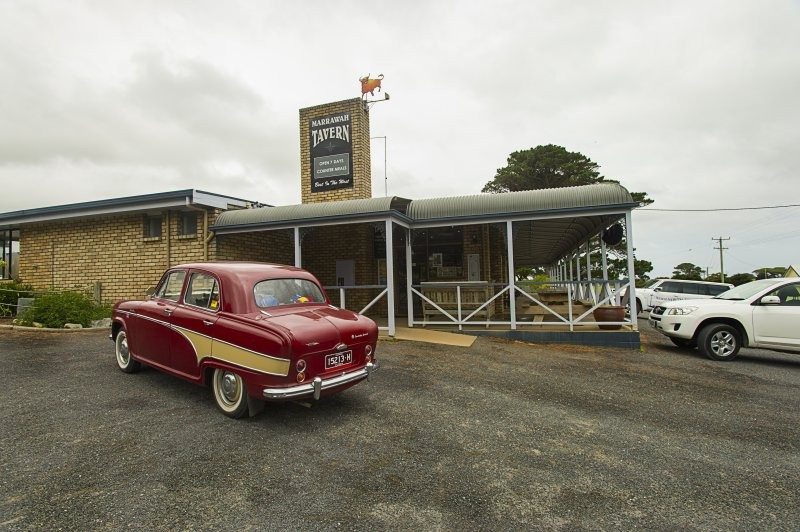
Compare pirces of hotels and other types of accommodation in Tasmania here
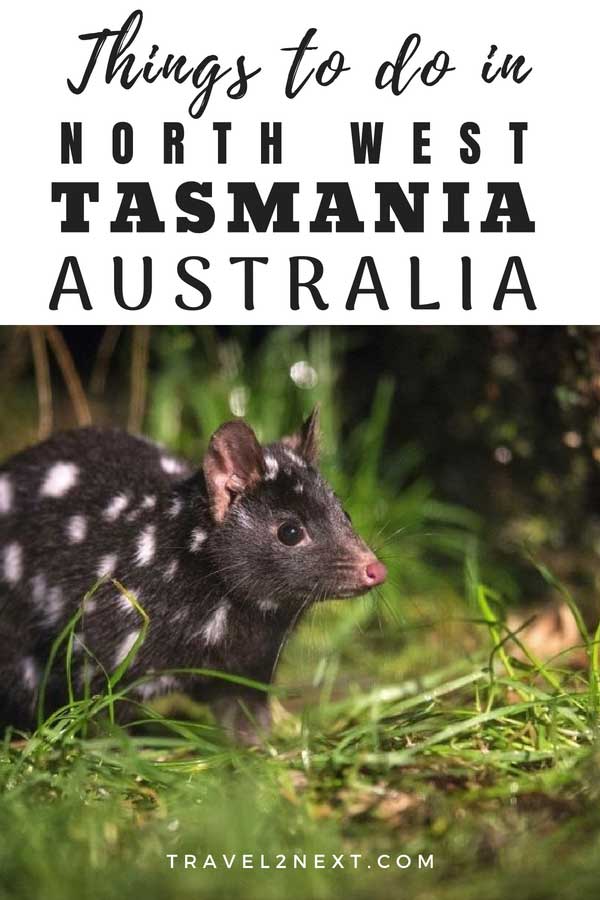
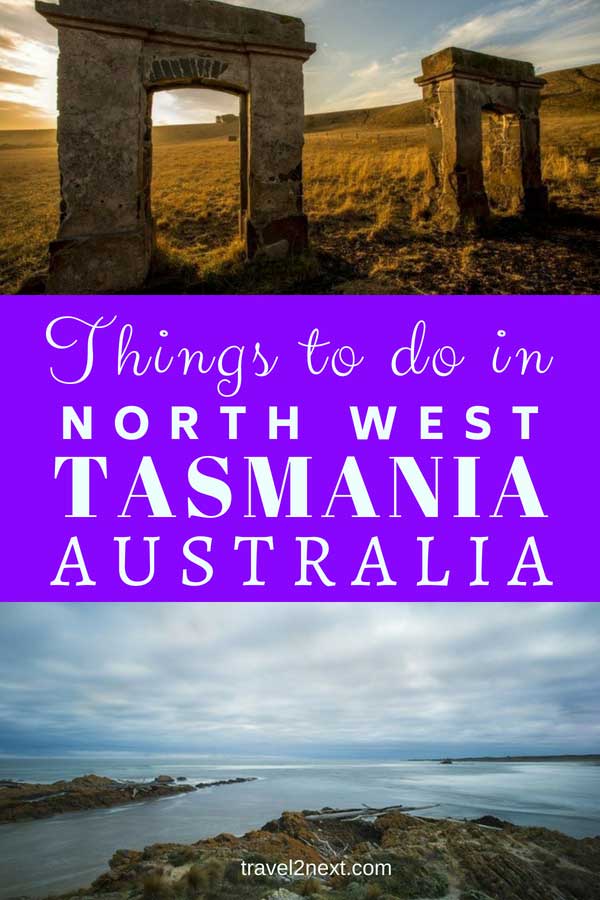
Plan Your Trip

Rent A Car – Find the best car rental rates at Discover Cars. They compare car hire companies to provide you with the best deal right now.

Find A Hotel – If you’re curious about this article and are looking for somewhere to stay, take a look at these amazing hotels.



